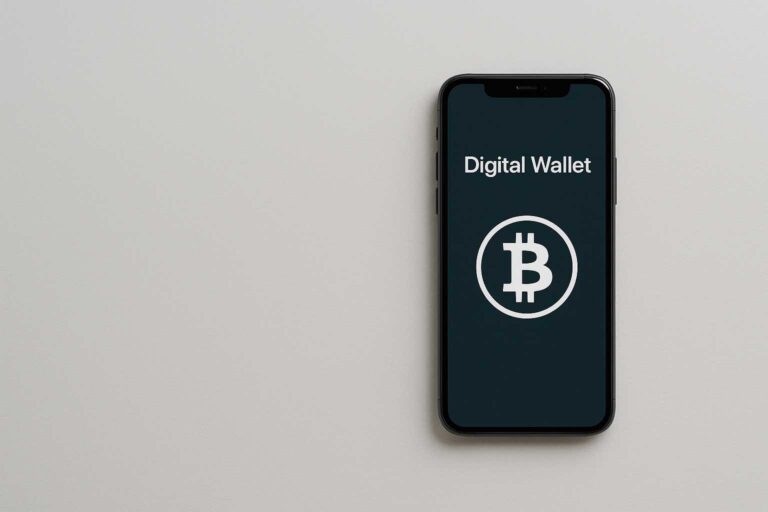The digital landscape has undergone a dramatic transformation over the past decade, driven by the rise of virtual work environments, innovative digital marketing strategies, and the burgeoning world of cryptocurrencies. These three seemingly disparate fields are increasingly intertwined, creating a symbiotic ecosystem that offers unprecedented opportunities and challenges. This article explores the intricate connections between an introduction to cryptocurrencies, the burgeoning virtual job market, and the evolving realm of digital marketing.
The Decentralized Revolution: An Introduction to Cryptocurrencies
At its core, cryptocurrency is a decentralized digital or virtual currency secured by cryptography, making it nearly impossible to counterfeit or double-spend. Unlike traditional fiat currencies issued by governments, cryptocurrencies operate on a technology called blockchain—a distributed public ledger. This transparency and immutability are key to their appeal.
Bitcoin (BTC), launched in 2009, pioneered peer-to-peer electronic cash, revolutionizing the financial landscape and creating opportunities to buy Bitcoin. Its groundbreaking success led to a surge in other cryptocurrencies, known as altcoins. Ethereum (ETH), for example, introduced smart contracts, expanding blockchain’s utility beyond currency and fostering decentralized applications (dApps) and Decentralized Finance (DeFi), making it another key option for those looking to buy Ethereum.
Beyond these giants, you can also buy cryptocurrency, designed for efficient international payments. Other notable cryptocurrencies include Litecoin (LTC), known for its quicker transaction times, and Solana (SOL), valued for its high throughput and scalability. Each of these offers unique features, and the growing market means there are many opportunities to buy other cryptocurrencies to diversify digital asset portfolios.
Acquiring these digital assets has become increasingly straightforward. Platforms like Moonpay facilitate the purchase and sale of cryptocurrencies using traditional payment methods, bridging the gap between fiat and crypto. Other popular exchanges include Coinbase, Binance, and Kraken, each offering varying levels of liquidity, security, and supported currencies.
Virtual Jobs: The New Frontier of Work
The global pandemic significantly accelerated the adoption of virtual jobs, transitioning from a niche concept to a mainstream reality. Today, millions of people work remotely, from freelance graphic designers and content writers to virtual assistants and software developers. This shift has not only offered greater flexibility but has also opened up global talent pools, allowing individuals from diverse geographical locations to collaborate.
Cryptocurrencies are increasingly finding their place within this virtual job economy. Freelancers, particularly those working internationally, often face high transaction fees and slow processing times when receiving payments through traditional banking systems. Cryptocurrencies offer a compelling alternative:
Lower Transaction Costs: Sending and receiving crypto payments can be significantly cheaper than wire transfers, especially for cross-border transactions.
Faster Settlements: Cryptocurrency transactions can clear in minutes, compared to days for international bank transfers.
Accessibility: For individuals in regions with limited access to traditional banking services, cryptocurrencies provide a viable financial gateway.
Decentralized Payment Solutions: Platforms are emerging that facilitate direct crypto payments for services, bypassing intermediaries.
As more businesses and individuals become comfortable with digital assets, the integration of cryptocurrency payments into virtual job platforms is likely to grow, further decentralizing and democratizing work opportunities.
Digital Marketing in the Blockchain Era
Digital marketing, the art and science of promoting products and services using digital channels, is also evolving in response to the rise of cryptocurrencies and blockchain technology. The principles remain the same – reaching the right audience with the right message – but the tools and strategies are diversifying.
Targeting Crypto Audiences: A new segment of the market has emerged: cryptocurrency enthusiasts and investors. Digital marketers are developing specific campaigns tailored to this audience, leveraging crypto-focused forums, social media groups, and news outlets.
NFTs and Brand Engagement: Non-fungible tokens (NFTs), unique digital assets secured by blockchain, are being used by brands for loyalty programs, exclusive content, and community building. This presents a novel avenue for digital marketers to create immersive and interactive brand experiences.
Blockchain for Transparency and Trust: Blockchain can enhance transparency in digital advertising by providing verifiable data on ad impressions and clicks, combating fraud and increasing trust between advertisers and publishers.
Tokenization for Incentives: Marketers are exploring tokenizing loyalty points or creating utility tokens that reward user engagement, offering tangible incentives for participation in marketing campaigns.
Decentralized Autonomous Organizations (DAOs) and Community Marketing: DAOs, governed by their members through blockchain, are enabling new models of community-driven marketing where stakeholders directly influence brand decisions and promotional efforts.
Furthermore, traditional digital marketing channels are being adapted. Search engine optimization (SEO) now includes optimizing for crypto-related keywords, and content marketing focuses on educating audiences about blockchain concepts, DeFi, and specific cryptocurrencies. Social media marketing is thriving on platforms like X (formerly Twitter) and Reddit, where crypto communities are particularly active. Influencer marketing in the crypto space has also become a significant trend, with individuals influencing investment decisions and project adoption.
The Symbiotic Relationship
The convergence of cryptocurrencies, virtual jobs, and digital marketing is creating a powerful synergy. The increasing adoption of virtual work necessitates efficient and cost-effective payment solutions, which cryptocurrencies readily provide. This, in turn, fuels the demand for digital marketing expertise within the crypto industry itself, as new projects and platforms seek to reach their target audiences. Moreover, the innovative marketing strategies emerging from the blockchain space—like NFTs and tokenized incentives—are providing new tools and avenues for virtual job roles, from community managers for DAO projects to blockchain content creators.
This interconnectedness highlights a future where geographical boundaries are less relevant for work, financial transactions are more democratized, and marketing is more transparent and community-driven. While challenges such as regulatory uncertainty and market volatility persist, the symbiotic evolution of these three domains points towards a more decentralized, efficient, and interconnected digital economy. Understanding these relationships is crucial for anyone looking to navigate and thrive in the modern digital world.
